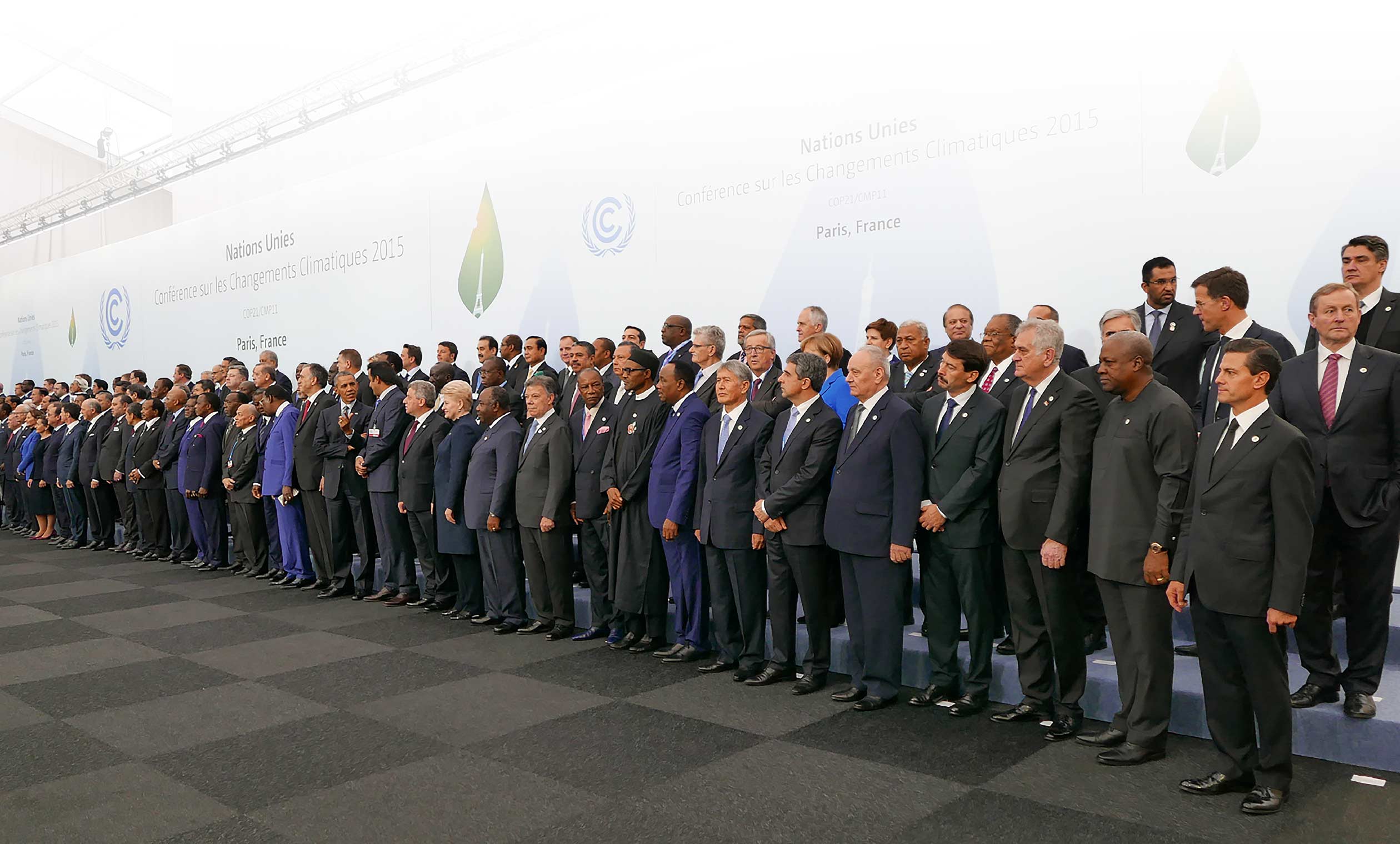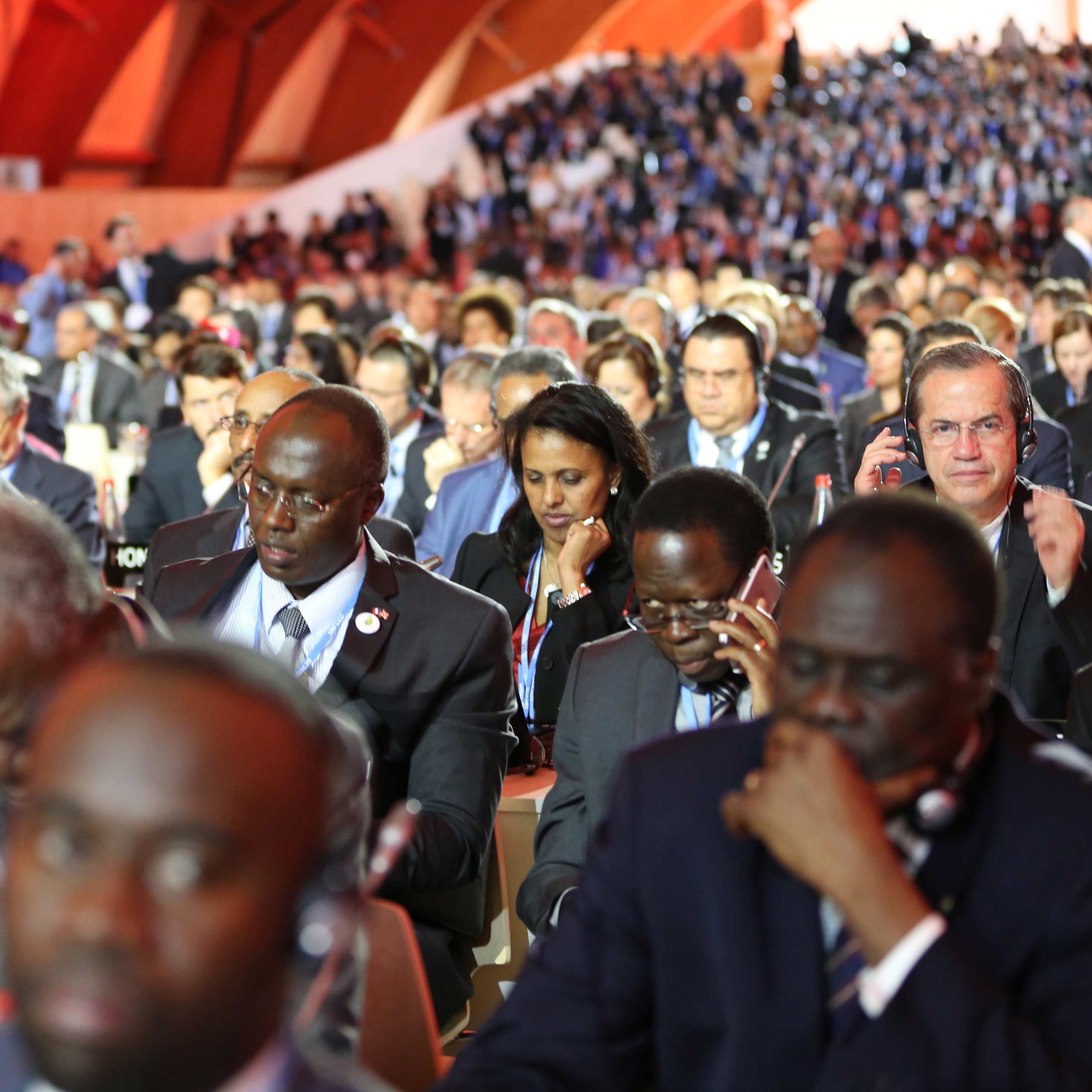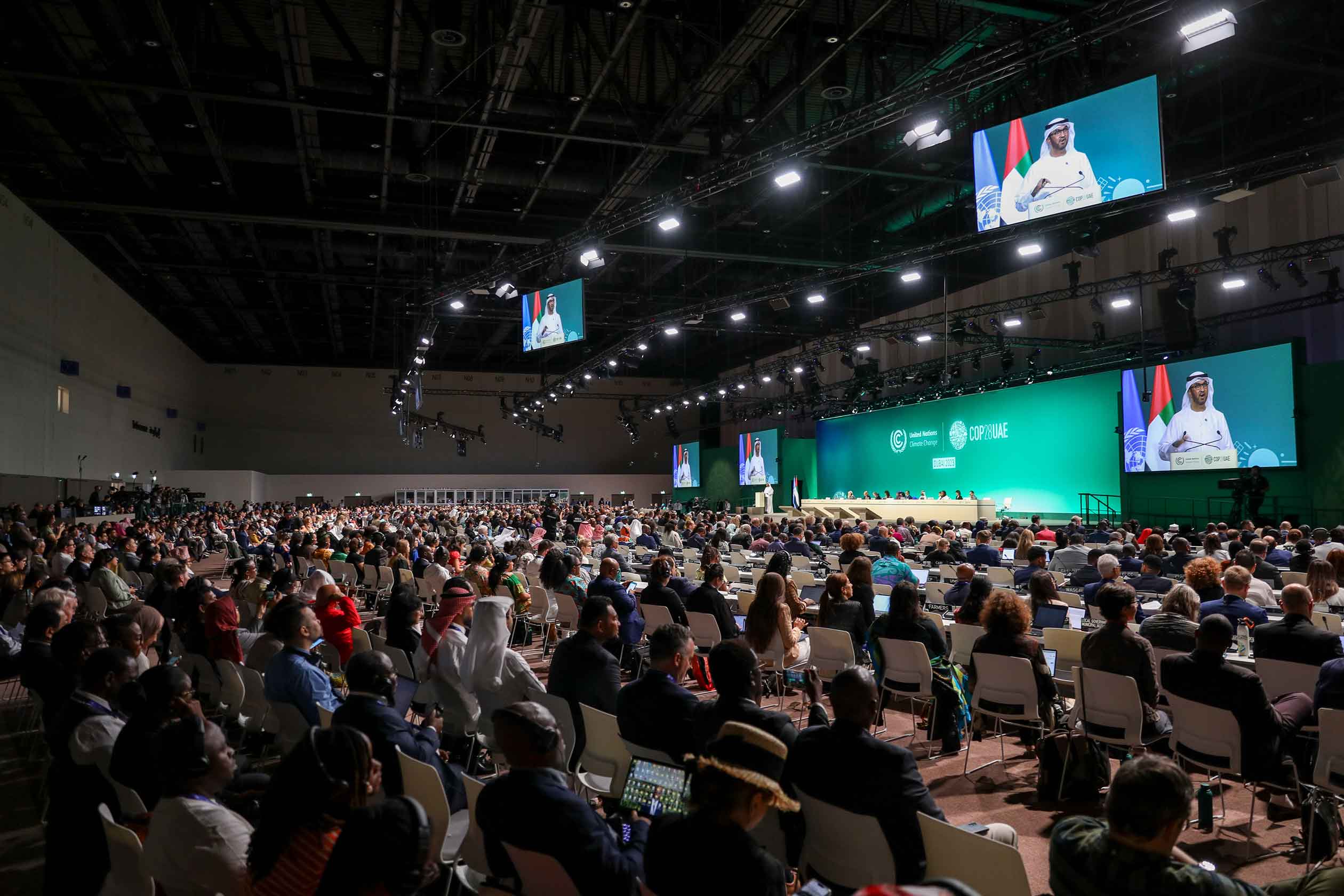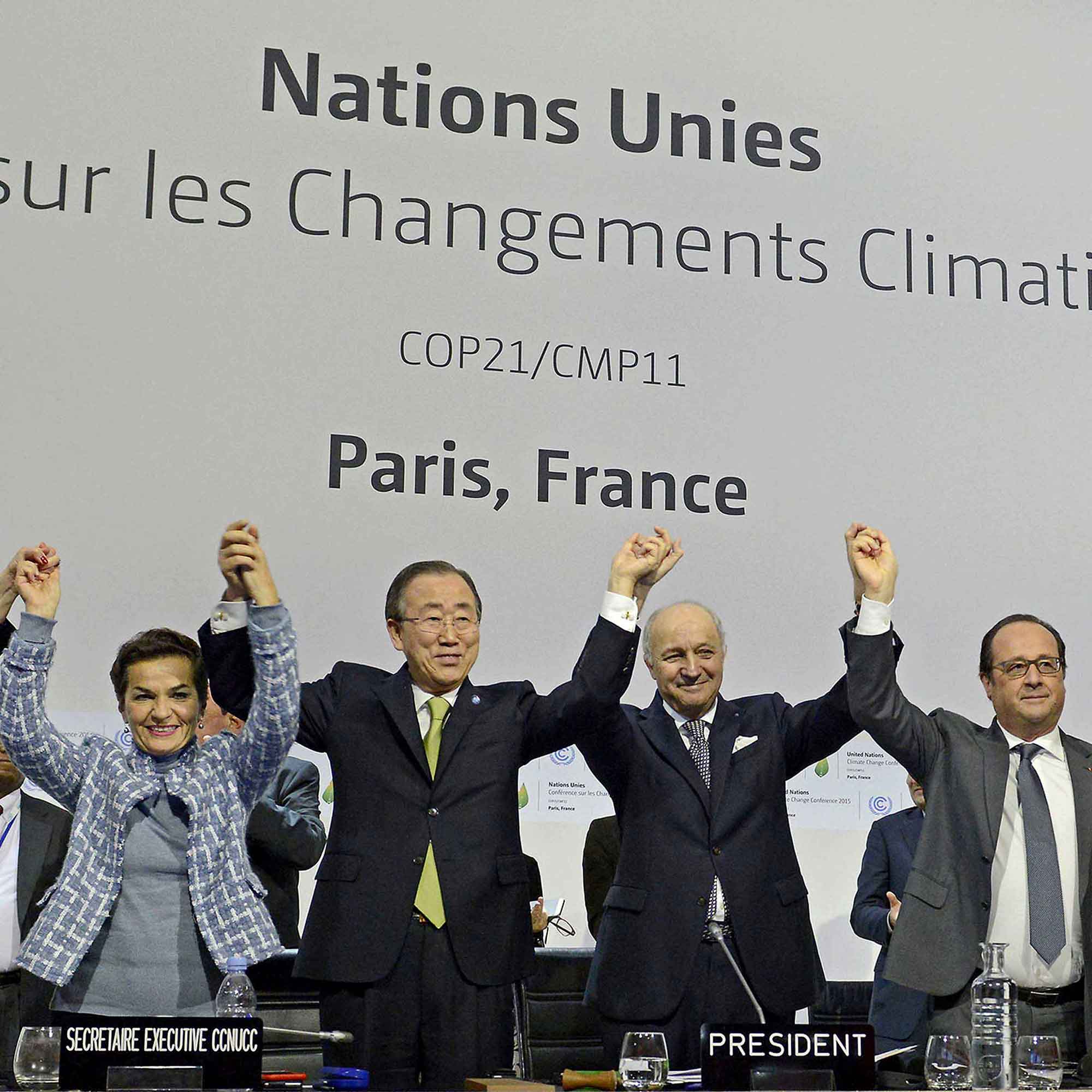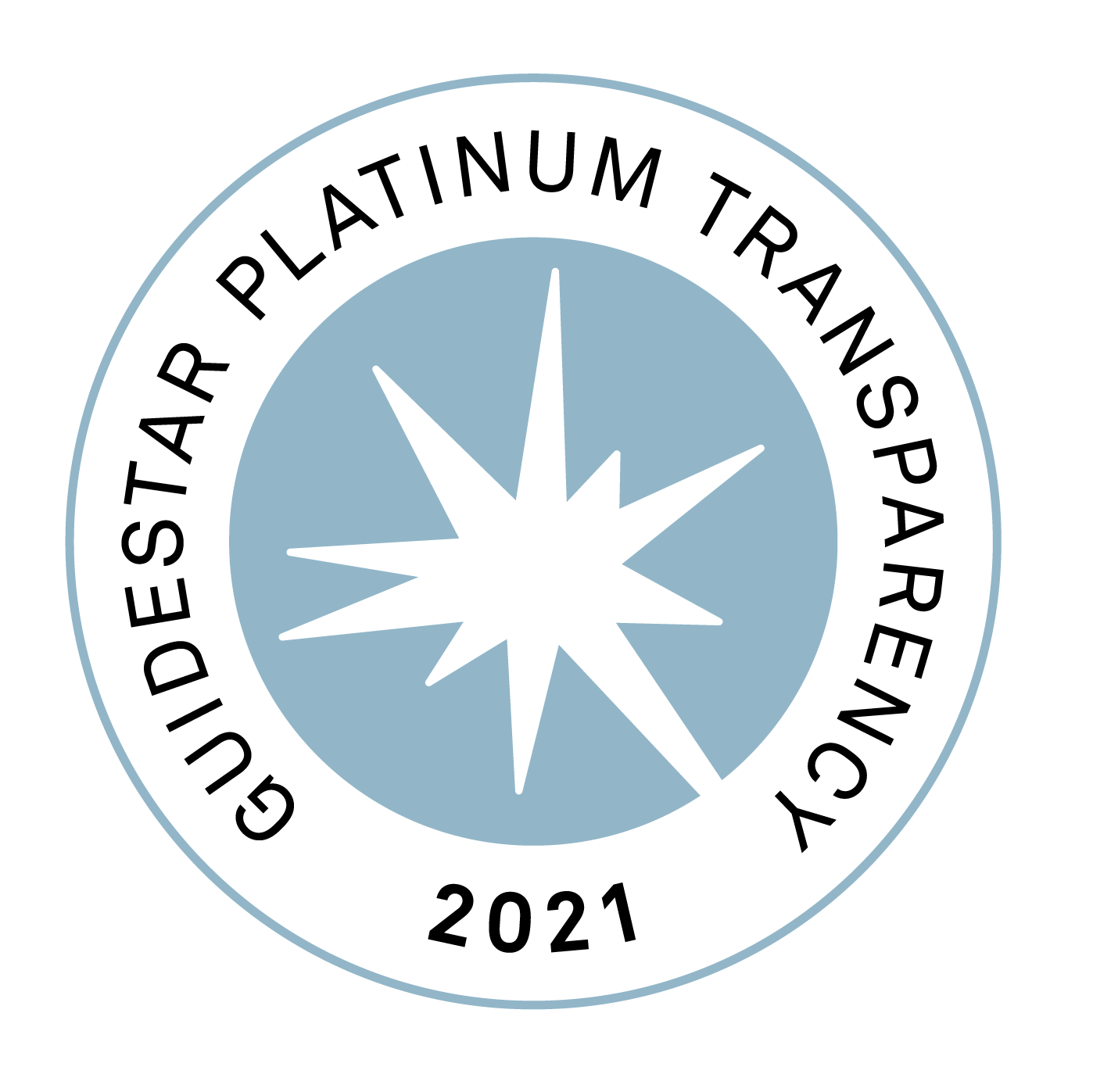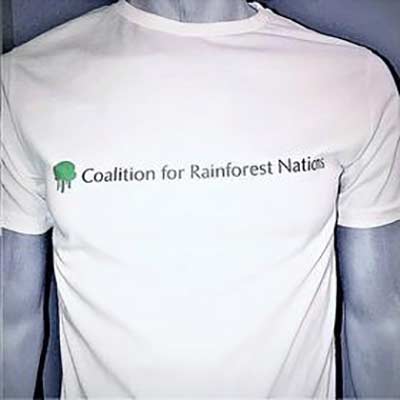Help Save Rainforests & Endangered Species
Internationally Transferable
Mitigation Outcomes
Internationally Transferable Mitigation Outcomes
REDD+ ITMOs are a type of unit that, like carbon credits, represent a ton of greenhouse gas emissions reduced or removed from the atmosphere, which must be verified by the UNFCCC
What are ITMOs?
ITMOs may be created through cooperative approaches, such as REDD+ result-based payments, and have the following characteristics, as agreed by the CMA:
- Nature – ITMOs are real, verified, and additional emission reductions and removals measured in tons of CO2 equivalent [1]
- Authorization – All ITMOs are authorized by the national government [2]
- Corresponding adjustments are applied to all ITMOs that are transferred, regardless of who purchases them. This ensures no double-counting. [3]
- Vintage – The CMA only allows post-2020 emission reductions or removals to be eligible as ITMOs [4]
Each Party participating in a cooperative approach that involves the use of ITMOs shall ensure that:[5]
- It is a Party to the Paris Agreement,
- It has prepared, communicated, and maintained an NDC,
- It has arrangements in place for authorizing the use of ITMOs,
- It has arrangements in place for tracking ITMOs,
- It has provided the most recent national inventory report,
- Its participation contributes to the implementation of its NDC and long-term low-emission development strategy, and the long-term goals of the Paris Agreement.
Thus, under the UNFCCC, developing countries may issue REDD+ results under Article 5 that can be converted to ITMOs under Article 6.2 by adhering to CMA guidance and fulfilling the participation, reporting and verification requirements.
[1] Decision 2/CMA.3, paragraphs 1a-c
[2] Article 6, paragraph 3, of the Paris Agreement
[3] Decision 2/CMA.3, paragraphs 6 and 16
[4] Decision 2/CMA.3, paragraph 1e
[5] Decision 2/CMA.3, paragraph 4
Participating countries on the UNFCCC REDD+ hub
Discussions on Article 6 during the initial 10 days of the 28th Conference of Parties (COP) to the United Nations Framework Convention for Climate Change (UNFCCC)
How ITMOs work
Beyond bilateral payments, the sale and exchange of REDD+ Results as UN carbon credits, called Internationally Transferable Mitigation Outcomes (ITMOs), is a growing potential source of climate finance.
REDD+ ITMOs are available for purchase by developed countries, corporations, countries, and individuals. REDD+ ITMOs are issued and authorized by host governments, [1] following the procedures outlined in the Paris Agreement and CMA decisions. These decisions include participation requirements, [2] application of corresponding adjustments, [3] and recording, and tracking. [4]
Registries
The CMA agreed on specific processes for registries related to ITMOs (including those generated through REDD+), including the requirement for host countries to have, or have access to, a registry with the purpose of tracking authorisations, transfers, acquisition, use towards NDCs, authorisation for use towards other mitigation purposes, and voluntary cancellation.[5]
The information submitted by Parties to the UNFCCC in relation to retirements, cancellation, and use is integrated in the Centralized Accounting and Reporting Platform (CARP).[6] It is important to note that the UNFCCC Secretariat has a role to check the consistency of the information reported by Parties as part of the Article 6 database[7] and notifying Parties of any inconsistencies.[8]
[1] Article 6, paragraph 3, of the Paris Agreement.
[2] Decision 2/CMA.3, annex, paragraph 4
[3] Decision 2/CMA.3, annex, paragraphs 7-16
[4] Decision 2/CMA.3, sections V and VI
[5] Decision 6/CMA.4, paragraph 1 (b)
[6] Decision 2/CMA.3, annex, section C
[7] Decision 2/CMA.3, annex, paragraph 33 (a)
[8] Decision 2/CMA.3, annex, paragraph 33 (b)
Validation and Verification
REDD+ ITMOs go through a 3-step verification under the UNFCCC (verification of the reference level and then the results achieved), [1] as well as the Article 6 technical expert review, including recommendations to the Party in a report that is publicly available through the Centralized Accounting and Reporting Platform (CARP). [2]
The CMA also agreed on the guiding principles for the Article 6 verification, its scope, the information to be reviewed, the timing and sequencing of the review, the format of the review, its applicability, specific procedures, confidentiality of information and how to address it. [3]
The reviewers are nominated to the UNFCCC roster of experts by Parties to the Paris Agreement and by intergovernmental organisations. They shall complete specific training programs developed by the UNFCCC Secretariat, pass a test to become eligible experts, and follow the specific guidelines for reviews as agreed by the CMA. [4]
All CMA decisions, including these modalities, procedures and guidelines are publicly available.
[1] Decisions 13/CP.19 and 14/CP.19, respectively.
[2] Decision 2/CMA.3, annex, section V
[3] Decision 6/CMA.4, annex II
[4] Decision 6/CMA.4, annex II, section XI, A, paragraphs 35-37.
.
.
Program governance
ITMOs are authorized by participating Parties. [1] The administration of the NDC is conducted by national governments in the context of the ratification of the Paris Agreement. Decision-making in each country is defined by national law.
Safeguards
REDD+ safeguards are included in decision 1/CP.16. These were agreed by consensus under the UNFCCC and are publicly available to all. Developing countries implementing REDD+ should address and respect these safeguards throughout the implementation of REDD+ activities, [2] as reported by the summary of information on safeguards. [3] There are 18 safeguards, including one related to the protection of biological diversity: [4] “That actions are consistent with the conservation of natural forests and biological diversity, ensuring that [REDD+ activities] are not used for the conversion of natural forests, but are instead used to incentivize the protection and conservation of natural forests and their ecosystem services, and to enhance other social and environmental benefits”[5]
[1] Article 6, paragraph 3, of the Paris Agreement
[2] Decision 12/CP.17, paragraph 1.
[3] Decision 12/CP.19, paragraph 1.
[4] Decision 1/CP.16, appendix I, paragraph 2e.
[5] Taking into account the need for sustainable livelihoods of indigenous peoples and local communities and their interdependence on forests in most countries, reflected in the United Nations Declaration on the Rights of Indigenous Peoples, as well as the International Mother Earth Day.
Sustainable development and NDC linkage
Most developing countries have included the forest sector in their NDCs and have expressed their intention to implement REDD+. Thus, REDD+ is aligned with the NDCs’ goals and priorities. Monitoring, reporting and verification for REDD+ occurs at two levels: i) MRV required for all REDD+ results under the UNFCCC, as defined in COP decisions, and ii) further transparency provisions under Articles 6 and 13 for REDD+ ITMOs. All information is publicly available.
Environmental Integrity
REDD+ ITMOs are monitored, reported, and tracked following the procedures defined by the CMA. To avoid double- counting, issuance and claiming, the CMA created the Centralized Accounting and Reporting Platform (CARP), that in turn hosts the international registry for ITMOs and the article 6 database. These systems are interoperable and administered by the UNFCCC Secretariat.
Additionality
All REDD+ results, including REDD+ ITMOs, are additional since they are estimated against a Forest Reference Emission Level/Forest Reference Level (FREL/FRL) verified under the UNFCCC.[1]
[1] Decision 1/CP.16, paragraph 71(b) and decision 12/CP.17
Quantification, monitoring, reporting
All REDD+ results, including REDD+ ITMOs, are quantified using IPCC guidance and guidelines, expressed in tons of CO2 equivalent per year. REDD+ emissions and removals are monitored during the implementation period following methodological approaches that are consistent with the verified FREL/FRL. This consistency is also subject to further verification under the UNFCCC.[1] REDD+ emissions and removals are reported through official UNFCCC reporting vehicles, namely, biennial update reports or biennial transparency reports. According to the COP, REDD+ results are only eligible for results-based payments once they have been fully measured, reported, and verified.[2]
.
No Net Harm
The avoidance of emissions is not eligible under the UNFCCC. REDD+ results are emission reductions and removals. Emission reductions are compared against a FREL, while removals are absorptions of CO2. This ensures that REDD+ directly impacts the global atmospheric concentration of greenhouse gases.
Further, the COP decided on multiple social and environmental safeguards that should be addressed and respect throughout the implementation of the REDD+ activities. National governments should provide regular updates on the safeguards to the UNFCCC. The COP encourages Parties to include the following elements:[1]
- Information on national circumstances relevant to addressing and respecting the safeguards
- A description of each safeguard in accordance with national circumstances
- A description of existing systems and processes relevant to addressing and respecting safeguards, including the information systems referred to in decision 12/CP.17, in accordance with national circumstances
- Information on how each of the safeguards has been addressed and respected, in accordance with national circumstances
For a full understanding about ITMOs, checkout the REDD+ -Under UNFCCC primer
[1] Decision 17/CP.21, paragraph 5

